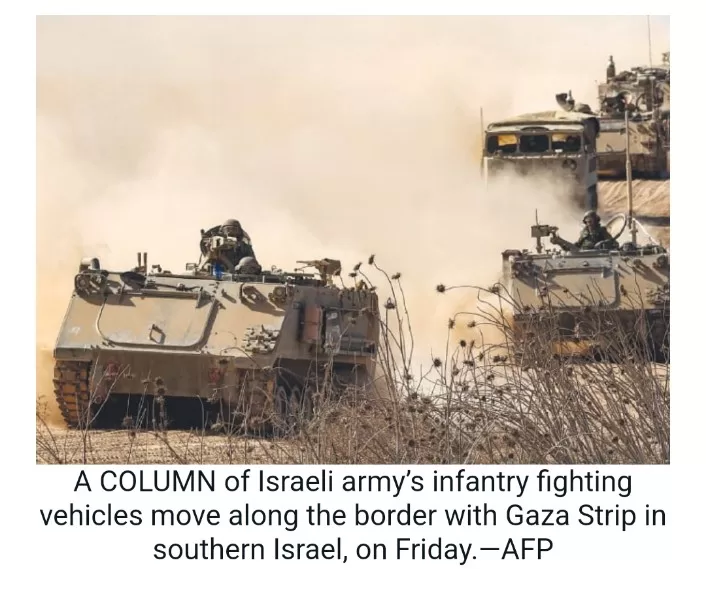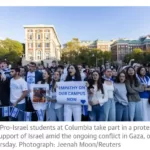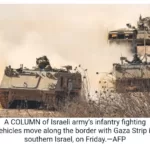Journalists reporting on the Israeli assults in Gaza are confronted with one of the most daunting tasks in the world today. They grapple with attacks on civilian infrastructure, including women and children, and even face threats to their own families. These dedicated individuals endure threats to their own lives, emotional distress, and the constant struggle with unreliable electricity and intermittent internet access.
In recent incidents, journalists have been directly impacted, with several wounded, and tragically, a Reuters video journalist lost their life while covering shelling near the Israel-Lebanon border. Notably, two AFP reporters and personnel from Al-Jazeera were among the injured, highlighting the severe risks these individuals undertake.
A recent video released by BBC News underscores the emotional turmoil faced by journalists on the ground. In the video, Adnan Elbursh, a BBC Arabic reporter, was brought to tears upon discovering that his friends, neighbors, and even relatives had become victims of Israeli attacks. Reporting from within Gaza’s largest hospital, Al Shifa, Elbursh emotionally stated, “This is my local hospital, and my friends and neighbors are inside, fighting for their lives.”
Struggling to maintain composure on camera, Elbursh revealed that this had been one of the most challenging days in his journalism career. The distressing scenes he had witnessed would leave a lasting impact on his psyche.
The BBC video report also portrayed a heart-wrenching image of a young girl, her face bloodied and covered in dust, sitting in a hospital bed and crying while a doctor tended to her injured legs. Elbursh disclosed that the child had lost her home and relatives, evoking deep empathy from him as a father of a child of the same age.
Furthermore, independent journalist Dan Cohen shared a video where journalist Motaz Azaiza, who works for a UN agency, arrived to document a recent Israeli massacre in Gaza, only to discover that the victims were 15 members of his own family.
In addition to these personal tragedies, the challenges faced by journalists on the ground are multifaceted. Middle East Eye reported losing contact with journalist Maha Hussaini, whose last dispatch was a poignant one-minute fifty-second video. In this communication, she expressed the possibility that it might be her final message, as she had exhausted her phone battery.
In the video, Ms. Hussaini described the dire situation as people lost connectivity and were effectively silenced by the ongoing Israeli bombardment. She emphasized that Israel had cut off essential supplies like fuel, electricity, food, and water to the blockaded Gaza Strip, leaving over two million residents in total darkness and isolation from the world.
Ms. Hussaini also highlighted the immense challenges journalists faced, including reporting from the ground, communicating with fellow journalists, and staying connected to the internet. She noted the high level of risk faced by everyone in Gaza, highlighting the perils encountered by journalists.
The World Association of News Publishers issued a statement emphasizing the immense difficulty faced by newsrooms globally in providing balanced, sensitive, and accurate coverage of the Israel-Gaza conflict. They stressed the urgency of getting the reporting right, particularly in a situation where scrutiny is intense.
Ensuring the safety of journalists remains a primary concern for news organizations as they navigate the complexities of this crisis. Lessons from previous conflicts are crucially important to ensure the safety and well-being of those reporting from the ground.




